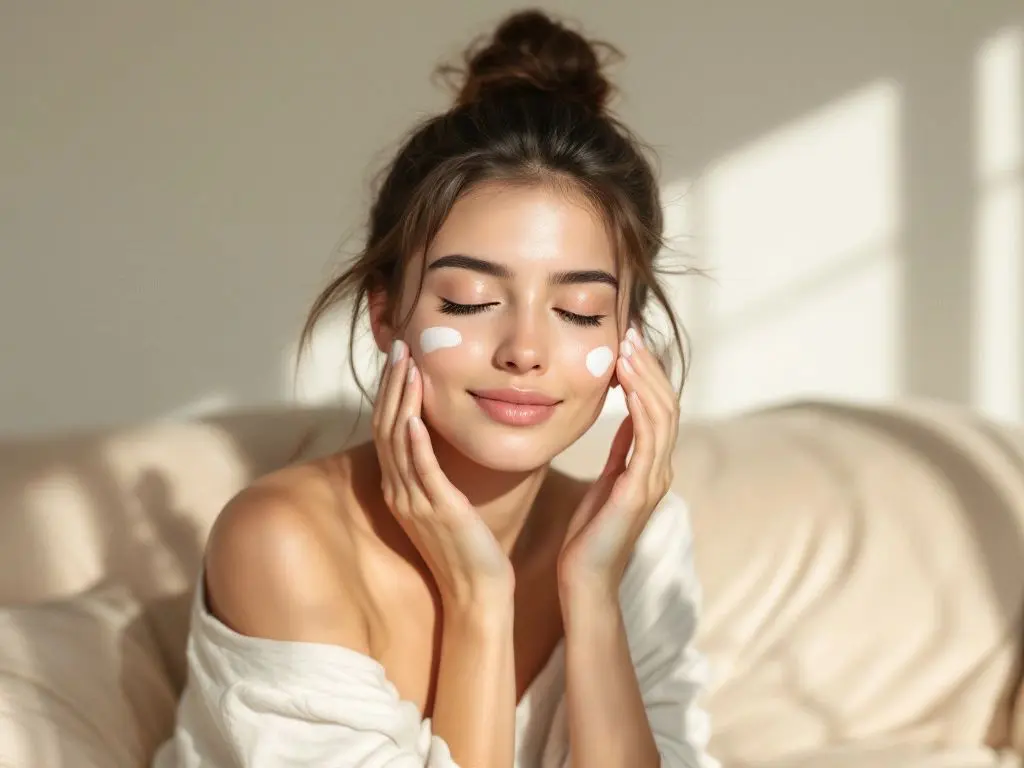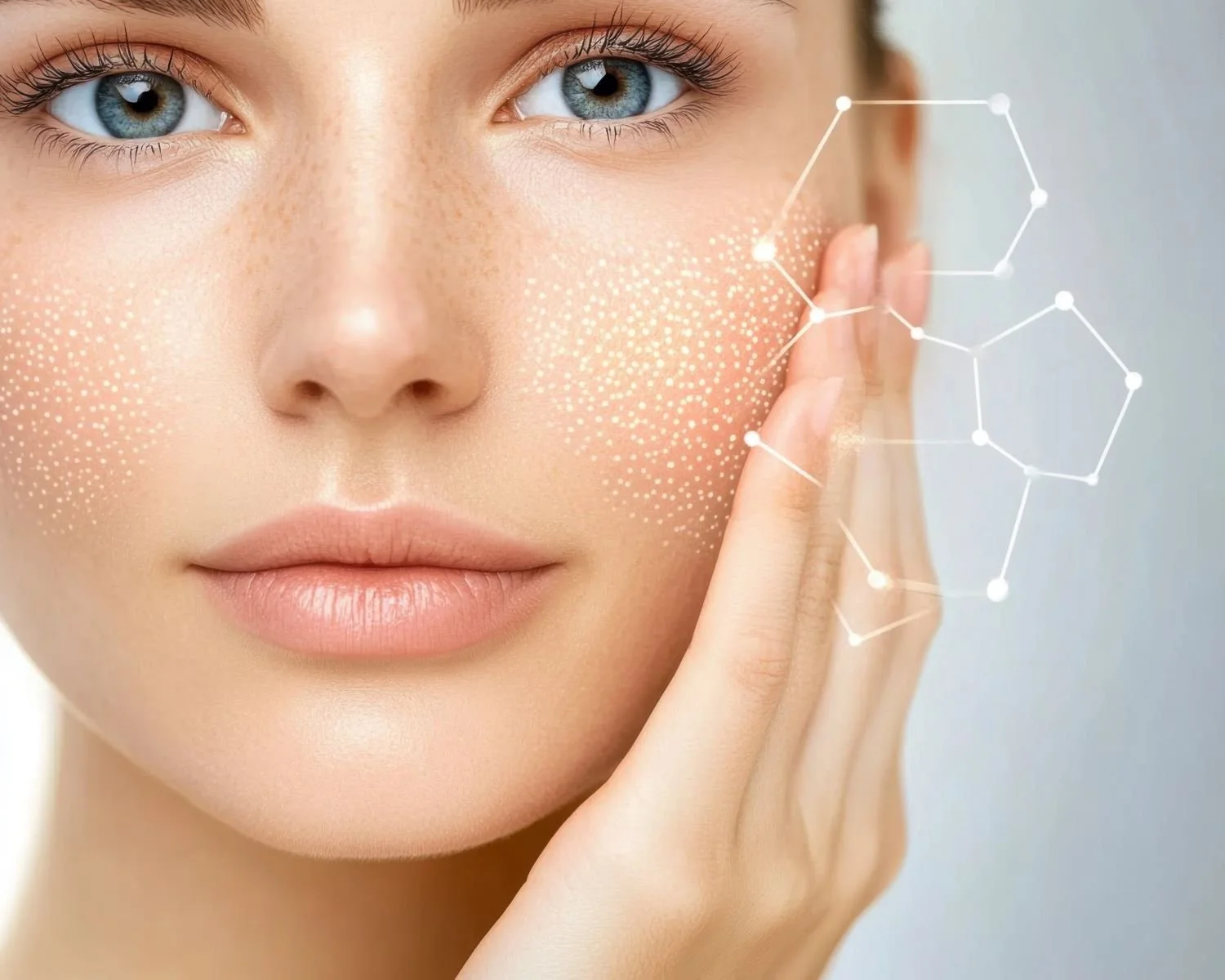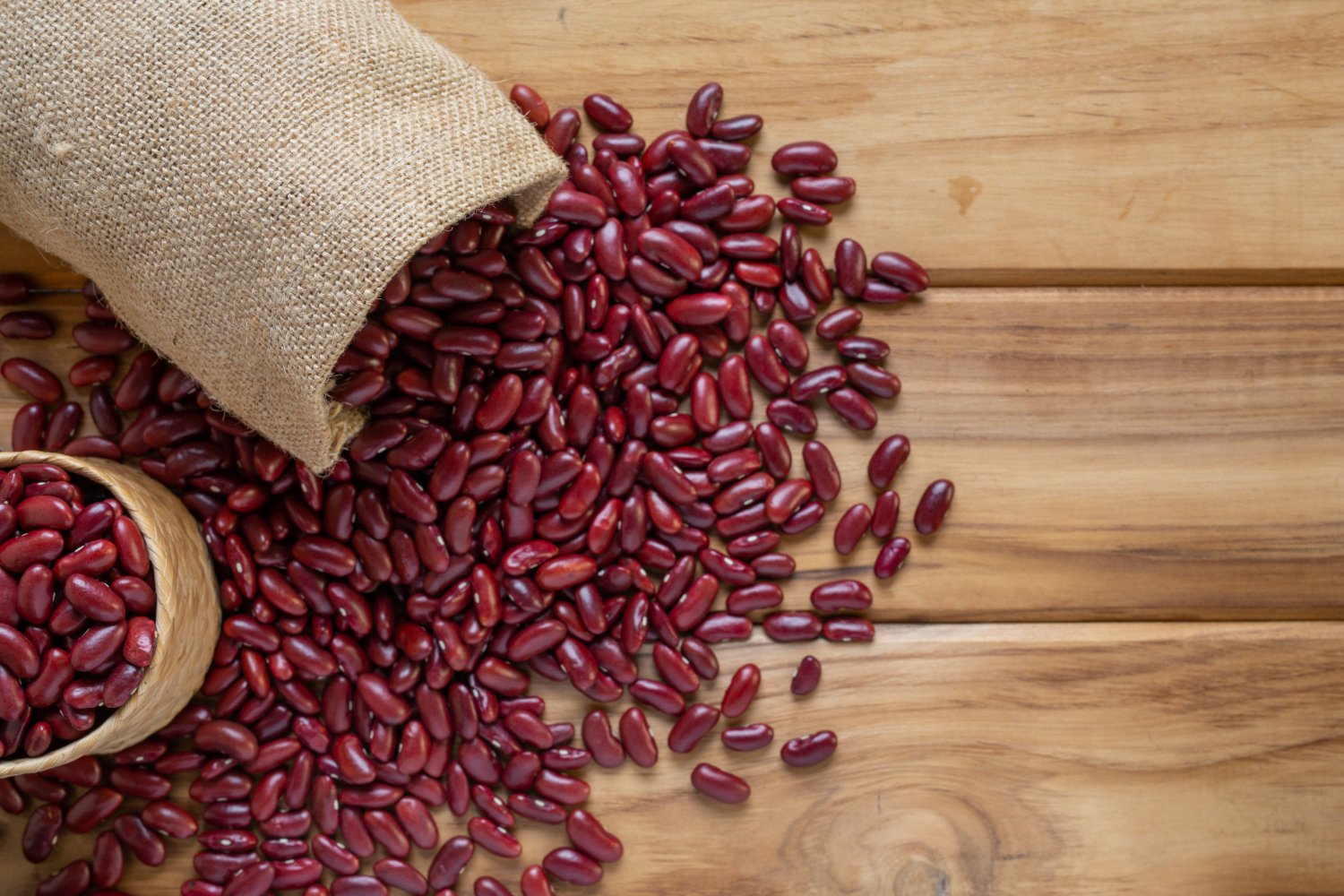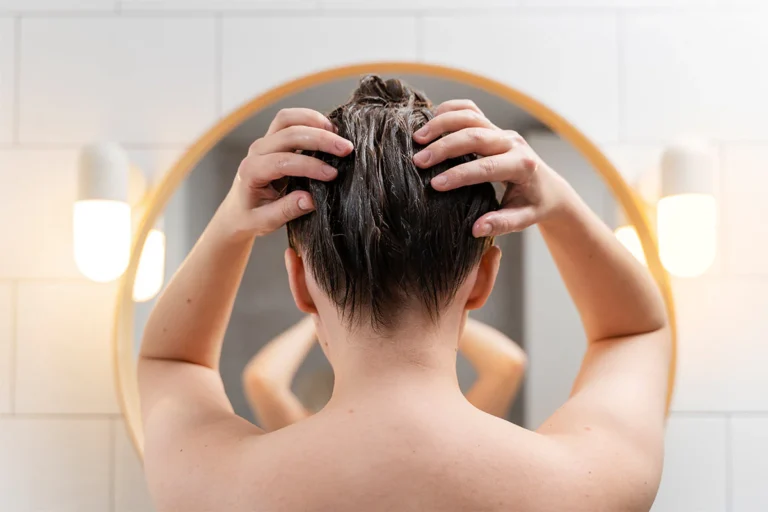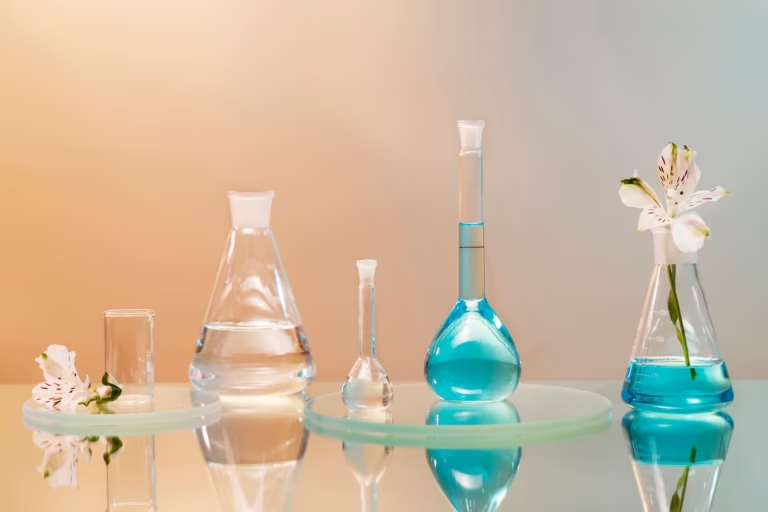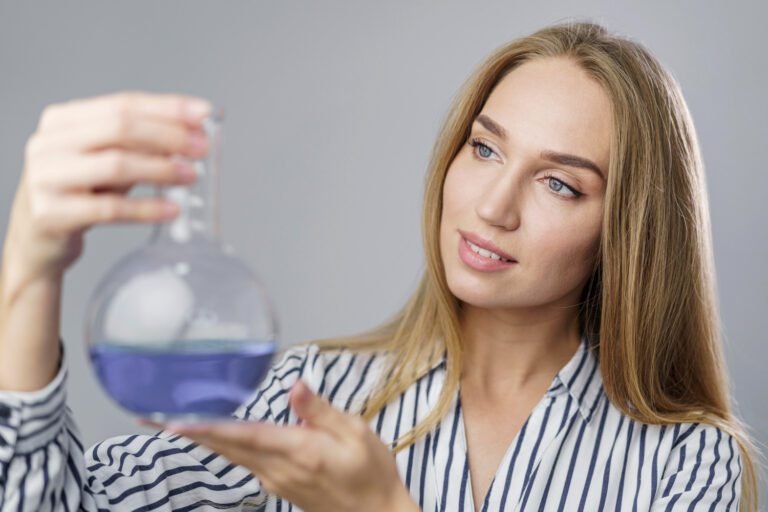In modern skincare, few actives attract as much scientific and regulatory attention as retinoids. Among them, retinal vs retinol remains one of the most critical formulation comparisons for chemists. Both are vitamin A derivatives that convert into retinoic acid within the skin, triggering cell renewal, collagen synthesis, and brightening. However, their chemistry, stability, and regulatory classification differ dramatically. Therefore, understanding these nuances is essential for developing safe, high-performance, and compliant cosmetic formulations. Moreover, this guide examines retinal (retinaldehyde) and retinol through a technical lens — covering stabilization, encapsulation, claim boundaries, and formulation strategies relevant to today’s laboratory environment.
Chemical and Functional Differences
Retinol (vitamin A alcohol) is a widely used cosmetic-grade molecule that requires two enzymatic conversions within the skin to become active retinoic acid. Retinal, or retinaldehyde, sits one step closer to retinoic acid and therefore exhibits faster biological activity — roughly ten times the conversion efficiency of retinol in keratinocytes. However, this increased potency comes with higher reactivity and greater susceptibility to oxidation. Consequently, formulating with retinal requires additional stabilization and encapsulation strategies.
Both compounds are light- and oxygen-sensitive, degrading quickly when exposed to air, UV, or elevated temperatures. Moreover, retinal’s aldehyde group makes it more prone to polymerization, while retinol’s hydroxyl functionality enhances miscibility but accelerates oxidation under alkaline conditions. As a result, chemists must select base systems that minimize exposure to oxygen and heat.
| Parameter | Retinol | Retinal (Retinaldehyde) |
|---|---|---|
| Conversion Pathway | Retinol → Retinal → Retinoic Acid | Retinal → Retinoic Acid |
| Relative Potency | Moderate | High |
| Stability | Moderate (sensitive to oxidation) | Low (aldehyde easily oxidized) |
| Regulatory Limit (EU) | 0.3 % (as retinol equivalents) | 0.05 % (recommended) |
| Irritation Potential | Low to medium | Medium to high |
Formulation Challenges
Because both molecules degrade easily, stabilization strategies are essential. Degradation generates yellowing, odor, and potency loss — all unacceptable in cosmetic systems. Therefore, effective formulation requires antioxidant pairing, pH optimization, and physical protection. In addition, careful packaging design prevents oxidation during shelf life.
1. Antioxidant Systems
Pairing retinoids with antioxidant systems such as tocopherol (vitamin E), ascorbyl palmitate, or rosemary extract delays oxidation. A dual antioxidant system—lipophilic and hydrophilic—creates a balanced redox environment. For example, tocopherol regenerates oxidized retinol while ascorbyl derivatives scavenge radicals at the oil-water interface. In addition, using Antiox-CA Complex or other polyphenol blends can extend shelf life during thermal stress tests.
2. pH and Base Selection
Retinol is stable between pH 5 and 6, while retinal prefers slightly lower pH (around 4.5–5.0) to minimize Schiff base formation. Alkaline environments accelerate oxidation and polymerization, so avoid bases with residual amines. Furthermore, emulsion systems using mild emulsifiers (e.g., polyglyceryl esters) maintain compatibility with these pH ranges.
3. Solvent and Carrier Systems
Retinol dissolves well in esters and medium-chain triglycerides, whereas retinal favors polar lipids such as caprylic/capric triglycerides and squalane. Additionally, including film-forming esters such as C12-15 alkyl benzoate improves deposition and reduces oxygen diffusion. Moreover, light hydrocarbons like Hemisqualane provide spreadability and low tack, which enhances consumer perception.
Encapsulation Technologies
Encapsulation is the most powerful stabilization tool for retinoids. It protects against light, oxygen, and heat while offering controlled release. Consequently, it increases bioavailability and minimizes irritation. Several techniques exist, each with distinct advantages:
- Polymeric microcapsules: Retinoids are encapsulated in crosslinked polymer shells (e.g., polycaprolactone or acrylate copolymers). They provide time-release and improve compatibility with water-based systems.
- Lipid carriers (SLN/NLC): Solid or nanostructured lipid carriers entrap retinol/retinal within crystalline matrices, improving penetration and photostability.
- Encapsulated emulsions: Retinol can be emulsified within microdroplets coated by phospholipids, mimicking skin’s natural barrier structure.
- Spicule and mesoporous silica carriers: Newer methods use porous needles or mineral matrices to enhance delivery without surfactants.
Encapsulation not only improves stability but also reduces irritation. By contrast, free retinoids degrade faster under UV and oxygen exposure, leading to sensory and color issues.
Formulation Example: Retinol 0.3 % Encapsulated Serum
- Encapsulated Retinol (10 % concentrate) — 3 % (equals 0.3 % retinol)
- Tocopherol (Vitamin E) — 0.5 %
- Hemisqualane — 5 %
- C12-15 Alkyl Benzoate — 4 %
- Dimethyl Isosorbide (DMI) — 3 %
- Polycaprolactone microcapsules — 2 %
- Phenoxyethanol + Ethylhexylglycerin — 1 %
- Emollient base (balance to 100 %)
This formulation yields a translucent, non-greasy serum with excellent oxidative stability. Moreover, under 45 °C storage, retinol retention after 12 weeks remains above 95 %.
Formulation Example: Retinal 0.05 % Gel-Cream
- Encapsulated Retinal — 0.05 %
- Niacinamide — 3 %
- Panthenol — 0.5 %
- Glycerin — 3 %
- Hydroxyethylcellulose — 0.3 %
- Hemisqualane — 4 %
- Polyacrylate Crosspolymer-6 — 0.4 %
- Preservative — 1 %
- Water / Buffer (pH 4.8–5.0) — to 100 %
The resulting gel-cream provides measurable anti-aging benefits within 4–6 weeks, comparable to a 0.3 % retinol system, but with higher stability and lower irritation. In addition, its soft texture ensures excellent consumer acceptance.
Regulatory and Safety Considerations
Global regulations on vitamin A derivatives have tightened due to photo-instability and potential bioaccumulation. In the EU, the Scientific Committee on Consumer Safety (SCCS) limits total vitamin A content to 0.3 % as retinol equivalents for leave-on products. Meanwhile, for retinal, the guidance suggests a conservative 0.05 % limit. Consequently, chemists must design formulas that balance efficacy with safety and clearly document concentration equivalence. In the U.S., no fixed limit exists, but marketing claims must avoid medical positioning (e.g., “treats acne” or “stimulates collagen synthesis”). Therefore, compliant language such as “improves the appearance of fine lines and uneven tone” is preferred.
Compliant Claim Examples
- “Visibly improves skin texture and tone.” ✅
- “Reduces the look of fine lines and wrinkles.” ✅
- “Supports smoother, more radiant skin.” ✅
- “Treats acne or photoaging.” ❌ (medical claim)
Testing and Validation
For credible claims, stability and efficacy data should accompany every launch. Recommended studies include:
- Accelerated stability: 40 °C / 75 % RH for 12 weeks, measuring residual active content.
- Photostability: exposure under xenon lamp, monitoring degradation kinetics.
- In vitro release: Franz-cell diffusion or membrane tests for encapsulated systems.
- Consumer use test: 4–8 weeks, dermatologist-assessed tolerance and visible results.
Furthermore, integrating this data into a MoCRA Safety Dossier ensures regulatory readiness for both U.S. and EU markets. As a result, brand credibility increases while compliance risk decreases.
Rheology and Sensory Optimization
Because encapsulated actives can destabilize viscosity, choosing rheology modifiers that tolerate low pH and oil load is essential. Crosslinked acrylate copolymers, hydroxyethylcellulose, or biopolymers such as xanthan gum balance structure and sensory feel. Furthermore, using lamellar emulsifiers enhances spread and bioavailability while maintaining light, elegant aesthetics. In addition, rheological optimization improves perceived luxury and application performance.
Combining Retinoids with Other Actives
Retinoids pair well with barrier-supportive and antioxidant ingredients. Common synergy partners include Niacinamide, peptides, ceramides, and hyaluronic acid. However, avoid low-pH acids (AHA/BHA) in the same phase, as they destabilize retinol. Therefore, formulations intended for night use should pair retinoids with bisabolol or panthenol to improve tolerability. Moreover, antioxidant systems maintain potency during repeated exposure.
Summary & Key Takeaways
- Retinal is one enzymatic step closer to retinoic acid, offering faster results but lower stability.
- Encapsulation and antioxidant systems are critical for shelf life and efficacy.
- Keep pH between 4.8 and 6.0 depending on retinoid type.
- Use compliant cosmetic claims and document concentrations in MoCRA dossiers.
- Finally, evaluate release and degradation via in vitro and photostability studies to ensure product consistency.
References
- SCCS (2024). “Opinion on Vitamin A Derivatives in Cosmetics.”
- Kim, J. E. et al. (2023). “Stability and Efficacy of Encapsulated Retinoids.” *Int. J. Cosmetic Sci.*
- Jones, R. L. (2025). “Comparative Delivery of Retinal and Retinol.” *J. Dermatol. Formul.*
